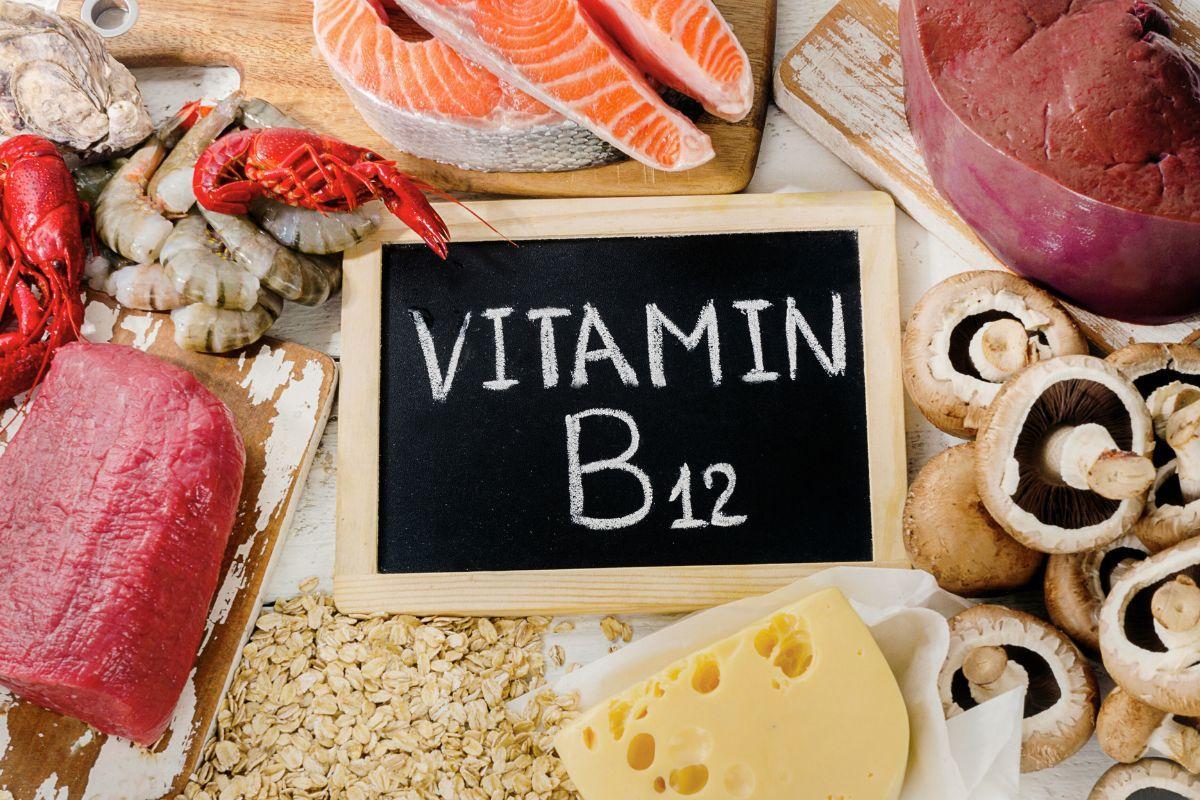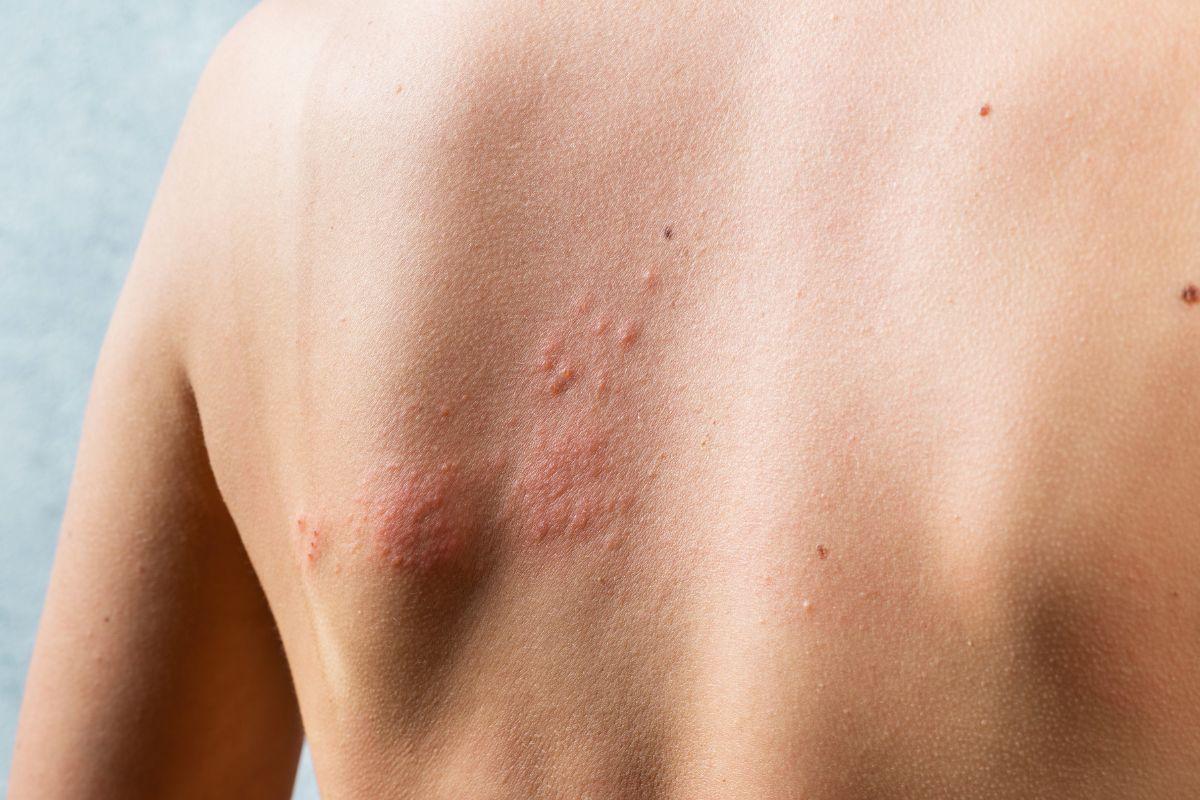Since the virus arrived, there have been at least 30 million documented cases worldwide. This is probably merely a fraction of the real number, which some experts believe might be as high as ten times as many. At the same time we’re beginning to understand more about COVID, and the restrictions being put in place to combat its spread.
In this article, the respected Consultant Paediatrician Dr Ed Abrahamson provides answers to the most pressing questions asked by millions of parents around the world.
Can my child safely return to school or nursery?
The short answer is yes. It’s clear that children and the very young don’t tend to suffer as badly from the virus. On the other hand nothing is completely, totally safe, and there have been rare cases of babies and children being ill and even dying of COVID.
At the same time all the usual winter respiratory viruses will soon be making themselves felt, and we’re already seeing dramatic spikes in these. It isn’t unexpected, since we’ve had a full six months with little or no exposure to each either and the viruses we usually share between us.
Obviously schooling is important, and the benefits of going to school far outweigh the emotional, social, and educational risks children face when missing it. It’s also important from an immune system perspective, particularly for younger children, because exposure to common viruses helps develop a good immune system – something called adaptive immunity. It’s perfectly normal for children and babies to catch upper respiratory and gastrointestinal viral infections through winter.
The worldwide COVID caseload is huge. And that means the conclusions we draw are statistically valid, with a big enough group to draw sensible conclusions from the data. We know children account for a very small number of overall cases, 1.8% in the UK under 14. The worldwide rate is 2-4%.
Every infection comes with a risk, and everyone’s response to infection is different. This is why small numbers of children end up in A&E, hospital or intensive care with perfectly ordinary viral diseases like norovirus and flu. All viruses can cause serious complications. Luckily for the young, COVID-19 appears to be less of a threat. COVID is much less dangerous than RSV pneumonia, for example, which has a mortality rate of 0.5-1.7% in the USA leading to 500 or so deaths a year.
Should I worry if my child catches COVID-19?
In the sense that their symptoms are likely to be very mild, there’s no need to worry, even if your child suffers a common childhood condition like wheezing or non-severe asthma. So far admissions to hospital for children are very low indeed. Just 2% of all admissions for COVID-19 have been in children and young people below the age of 18 (just 1.1% under 5). And while the overall hospital death rate is 27%, for children it’s 1%.
Why are children spared the worst of the disease? It’s unusual since viruses like this often attack the young as well as the vulnerable, and as yet we don’t know. As the pandemic unfolds, we will eventually find out more about the many unknowns we still face. The research work continues, with multiple studies looking into T cell responses, antibody responses, ACE2 receptors, and more.
If my child falls ill, what do I do?
Your child will probably catch at least one upper-respiratory infection this winter, probably several, all caused by common non-COVID-19 infections. The problem is, you need to be sure whether it is or isn’t COVID. And this is where things get rather challenging, as revealed by September 2020. We’ve seen a massive increase in demand for tests, but there isn’t enough capacity. This leaves us with a serious problem – the lack of access to tests and the delayed results means the government’s containment tactic is completely undermined. As you can imagine, demand is not likely to fall as we head into winter. Quite the opposite.
The Royal College has made it clear that children with common cold symptoms like a runny nose or sore throat – with no fever – should not need to be tested for the virus. But some schools are sending these children home anyway. In fact the latest PHE guidance says a child should be tested when they have:
- A continuous new cough
- A fever or high temperature
- Loss of the sense of smell and taste, or changes to the loss of, or change in, sense of smell or taste.
When your child has these symptoms you’ll have to take a swab test, either ordered online or done at a drive-through facility, all arranged via the NHS website. If you’re lucky you will get the results the next day.
If the test is positive, or you can’t get a test, you should keep your child isolated for ten days, and isolate all household contacts for 14 days, 10 days after onset of any symptoms. This is the same situation as we were in during lockdown, before tests were available.
Because you do the test yourself, there are also problems. It isn’t easy taking a successful swab of a child’s throat and nose. Professionals achieve accuracy rates of 80% maximum, missing one in five cases.
Click here to find out exactly when you should seek medical help for a poorly child.
Can a child infect a grown-up?
Yes, children can and do infect adults. Children can transmit the virus, and they often carry it without any symptoms. We don’t know exactly how infectious they are, or how well they spread the virus, and the results of studies conflict. Some suggest there’s no child to adult transmission at all, others reveal much bigger viral loads in the noses and throats of the young. Some studies highlight no child to teacher infections, others show the complete opposite. At the moment it’s safest to assume children can pass the virus to adults, but perhaps not very efficiently.
What if there’s a vulnerable person in the household?
If a parent or member of the household it’s a tough judgement call. At the moment it’s a personal choice, whether to send your child to school and potentially infect someone vulnerable back home, or keep them at home and let their education suffer. These are such difficult times!
What is MIS-C or PIMS-TS – And is it dangerous?
PIMS-TS is a multi-system inflammatory disorder that turned up in the UK during mid-April. It was here for three weeks, then it vanished. It led to 78 paediatric intensive care cases and two tragic deaths. Cases turned up in other nations, and some mistook it for Kawasaki disease. 90% of the young patients experienced shock and abdominal symptoms, some developed rashes and conjunctivitis. The outcome was very good apart from the two deaths. While there’s no official confirmation this was caused by the COVID virus, it’s likely.
The disease mainly affected older children and youngsters from a BAME background, most of whom were healthy before they caught the illness. Just 22% of them gave a positive COVID-19 swab, but research shows the majority were related to recent COVID-19. This adds weight to the virus’ hyperimmune inflammatory response, and now we know why some children developed the response.
Kawasaki disease, an inflammatory condition, is a mystery – nobody knows what causes it. We know something or other triggers the immune system in a small number of children, going into overdrive to affect the heart amongst other areas of the body. It’s probably down to an infection similar to MIS-C.
If we have positive COVID-19 antibodies, are we protected?
We’re not sure, but increasing evidence suggests antibodies wane quite quickly, and we don’t know if that results in reduced immunity or not. Also, other factors such as T-cell immunity are important. can also help protect after infection.
What’s in store for the second wave?
We’re already in the second wave, and we’re highly likely to see significant increases in case numbers over the coming weeks, partly thanks to extra testing capacity. Experts predict we’ll see far, far more cases than the first peak, but interestingly this in itself doesn’t mean there’s more disease.
These days we’re testing at least 10 times more people, so we’re obviously going to see higher case numbers than in the first wave. We are seeing over 20,000 cases a day, but this isn’t the most important number. Hospitalisations, bed occupancies in intensive care, and age-adjusted all-cause mortality data are the numbers we need to keep our eyes on.
Tell us about ‘Long-COVID’
It is clear that COVID-19 causes a lot more complications than respiratory symptoms alone. It affects multiple organs. Thrombosis is a major risk. As many as 30% of adult COVID patients, even when they’ve had a mild dose, continue to suffer symptoms for many months, and we call this Long-COVID.
Research by the BMA is worrying. An online survey of doctors in early August saw around a third of responders confirming they’d seen or treated patients with symptoms they believed were the long term effects of COVID-19. There’s a growing list of mysterious symptoms including chronic fatigue, muscle weakness, loss of sense of smell, problems concentrating, unusual strokes and heart attacks in young people, skin problems, and many more.
What about COVID and pregnancy?
The Royal College of Obstetrics and Gynaecology says pregnant women are at no more risk of becoming seriously unwell with COVID than any other adult who catches it. Most pregnant women only get mild or moderate symptoms. On the other hand, women from a BAME background, or who are obese, have diabetes or hypertension, and who are over 35, have a higher risk of complications leading to a stay in hospital.
What about giving my child the flu jab?
We strongly recommend children have the influenza vaccine, available on the NHS for all 2-10-year olds as a nasal vaccine. It helps to cut back circulating flu levels thus reduce the winter burden on the health service, so it’s particularly important this winter.
Is a COVID-19 vaccine likely?
There are several vaccines that might offer a decent chance of success, including the Oxford/AstraZenca vaccine and those from Sinovac and Moderna. We have to wait for the results of the trials and then decisions on roll out by the government.
Make sure you wear the right mask
Avoid masks with side valves. They offer some protection to you but very little to other people, and they’ve been widely banned by airlines. Health professionals sometimes wear FFP3 masks with valves but they usually also wear a visor.
Should my child wear a mask at school?
The latest Department of Education guidelines say there’s no need for masks in classrooms, but masks are increasingly recommended in common areas. Many countries are insisting school children wear masks in classrooms, and the situation is bound to evolve as winter approaches.
Masks are designed to protect other people. If we all wear them, we all protect each other. This is because a person with the virus who wears a mask doesn’t breathe or cough as much viral load into the air as someone without a mask – it’s that simple. If you’re the only one wearing a mask, you won’t benefit as much. As a rule if nobody else is wearing a mask at your child’s school, wearing one won’t help your child.
No real return to normal
The virus doesn’t recognise human time, and there’s no reason it’ll go away within a timescale we’re happy with. Because it is already endemic, popping up more or less everywhere on the planet, COVID is likely to circulate year after year for a very long time, perhaps generations. On the bright side we already know a great deal more about the virus than we did, including how to protect ourselves, our children, our babies, and the most vulnerable.



